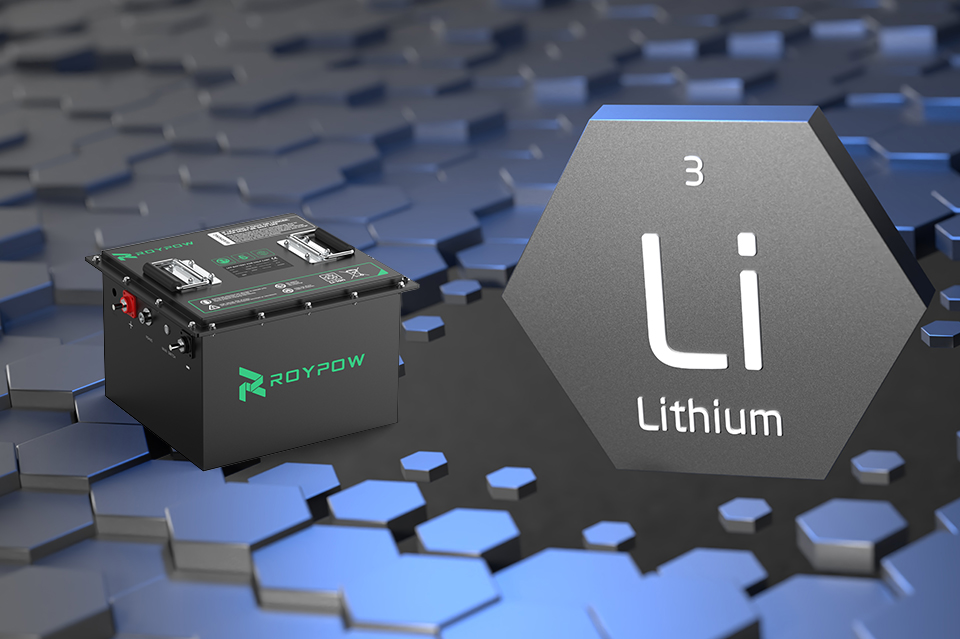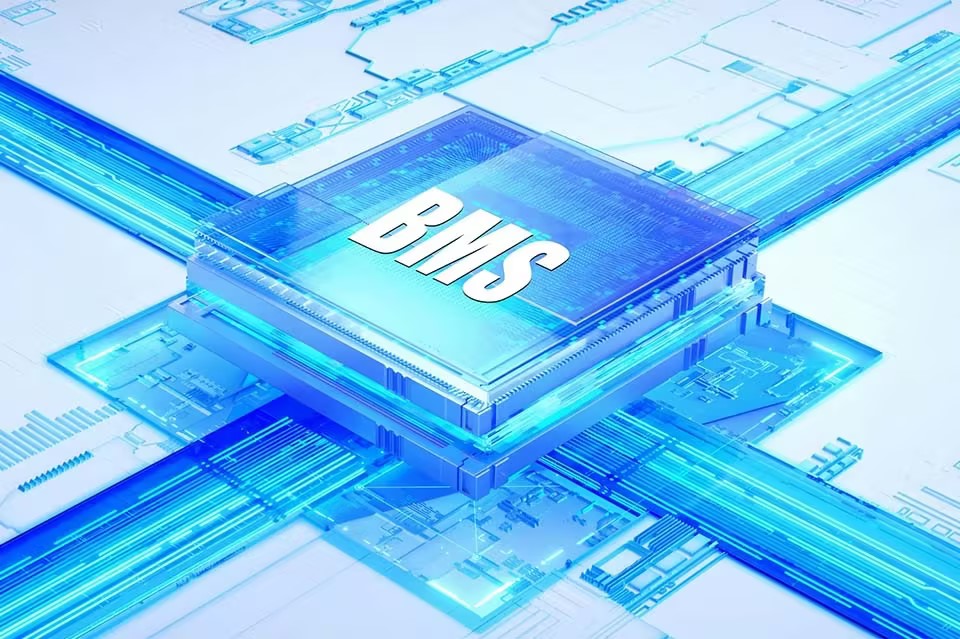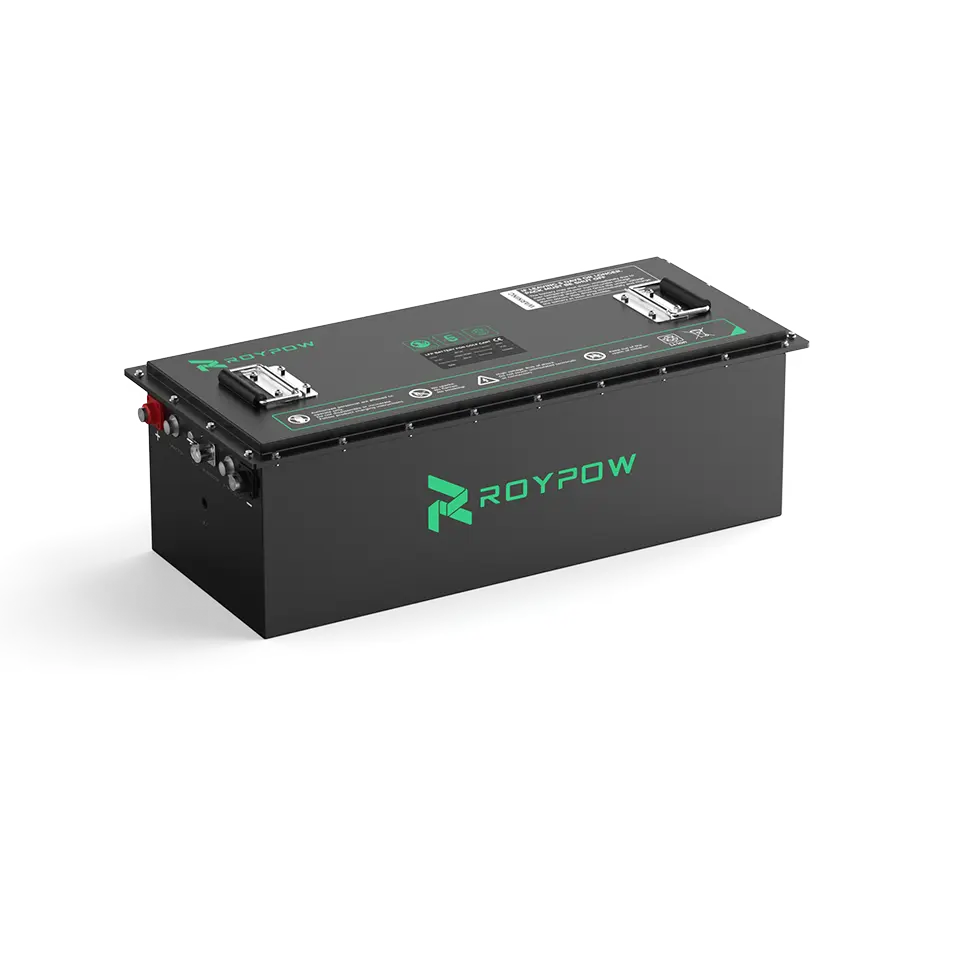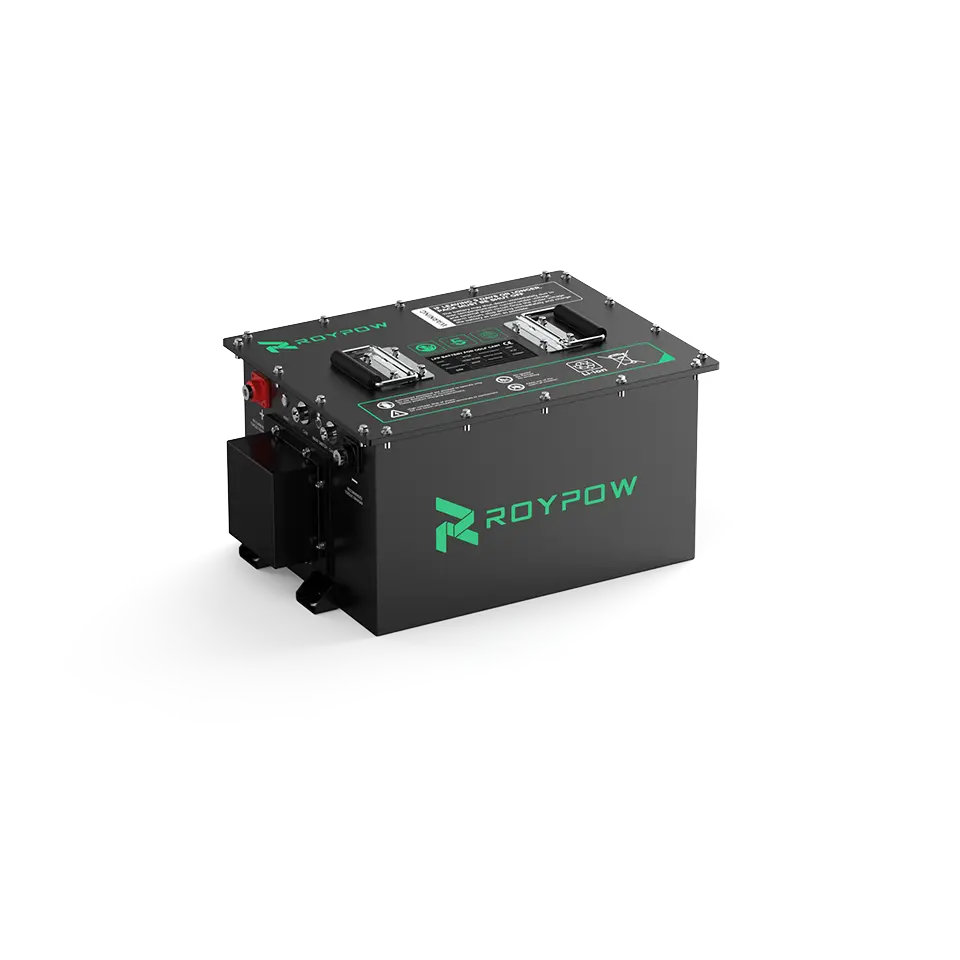What Are Lithium Ion Batteries
Lithium-ion batteries are a popular type of battery chemistry. A major advantage that these batteries offer is that they are rechargeable. Due to this feature, they are found in most consumer devices today that use a battery. They can be found in phones, electric vehicles, and battery-powered golf carts.
How Do Lithium-Ion Batteries Work?
Lithium-ion batteries are made up of one or multiple lithium-ion cells. They also contain a protective circuit board to prevent overcharging. The cells are called batteries once installed in a casing with a protective circuit board.
Are Lithium-Ion Batteries The Same As Lithium Batteries?
No. A lithium battery and a lithium-ion battery are vastly different. The main difference is that the latter are rechargeable. Another major difference is the shelf life. A lithium battery can last up to 12 years unused, while lithium-ion batteries have a shelf life of up to 3 years.
What Are The Key Components of Lithium Ion Batteries
Lithium-ion cells have four main components. These are:
Anode
The anode allows electricity to move from the battery to an external circuit. It also stores lithium ions when charging the battery.
Cathode
The cathode is what determines the cell’s capacity and voltage. It produces lithium ions when discharging the battery.
Electrolyte
The electrolyte is a material, which serves as a conduit for lithium ions to move between the cathode and anode. It is composed of salts, additives, and various solvents.
The Separator
The final piece in a lithium-ion cell is the separator. It acts as a physical barrier to keep the cathode and anode apart.
Lithium-ion batteries work by moving lithium ions from the cathode to the anode and vice versa via the electrolyte. As the ions move, they activate free electrons in the anode, creating a charge at the positive current collector. These electrons flow through the device, a phone or golf cart, to the negative collector and back into the cathode. The free flow of electrons inside the battery is prevented by the separator, forcing them towards the contacts.
When you charge a lithium-ion battery, the cathode will release lithium ions, and they move towards the anode. When discharging, lithium ions move from the anode to the cathode, which generates a flow of current.
When Were Lithium-Ion Batteries Invented?
Lithium-ion batteries were first conceived in the 70s by English chemist Stanley Whittingham. During his experiments, the scientists investigated various chemistries for a battery that could recharge itself. His first trial involved titanium disulfide and lithium as the electrodes. However, the batteries would short-circuit and explode.
In the 80s, another scientist, John B. Goodenough, took up the challenge. Soon after, Akira Yoshino, a Japanese chemist, began research into the technology. Yoshino and Goodenough proved that lithium metal was the main cause of explosions.
In the 90s, lithium-ion technology started gaining traction, quickly becoming a popular power source by the end of the decade. It marked the first time that the technology was commercialized by Sony. That poor safety record of lithium batteries prompted the development of lithium-ion batteries.
While lithium batteries can hold a higher energy density, they are unsafe during charging and discharge. On the other hand, lithium-ion batteries are quite safe to charge and discharge when users adhere to basic safety guidelines.
What Is The Best Lithium Ion Chemistry?
There are numerous types of lithium-ion battery chemistries. The commercially available ones are:
- Lithium Titanate
- Lithium Nickel Cobalt Aluminum Oxide
- Lithium Nickel Manganese Cobalt Oxide
- Lithium Manganese Oxide (LMO)
- Lithium Cobalt Oxide
- Lithium Iron Phosphate (LiFePO4)
There are numerous types of chemistries for lithium-ion batteries. Each one has its upsides and downsides. However, some are only suitable for specific use cases. As such, the type you pick will depend on your power needs, budget, safety tolerance, and specific use case.
However, LiFePO4 batteries are the most commercially available option. These batteries contain a graphite carbon electrode, which serves as the anode, and phosphate as the cathode. They have a long cycle life of up to 10,000 cycles.
Additionally, they offer great thermal stability and can safely handle short surges in demand. LiFePO4 batteries are rated for a thermal runaway threshold of up to 510 degrees Fahrenheit, the highest of any commercially available lithium-ion battery type.
Advantages of LiFePO4 Batteries
Compared to lead acid and other lithium-based batteries, lithium iron phosphate batteries have a huge advantage. They charge and discharge efficiently, last longer, and can deep cycle without losing capacity. These advantages mean that the batteries offer huge cost savings over their lifetime compared to other battery types. Below is a look at the specific advantages of these batteries in low-speed power vehicles and industrial equipment.
LiFePO4 Battery In Low-Speed Vehicles
Low-speed electric vehicles (LEVs) are four-wheeled vehicles that weigh less than 3000 pounds. They are powered by electric batteries, which makes them a popular choice for golf carts and other recreational uses.
When picking the battery option for your LEV, one of the most important considerations is longevity. For instance, battery-powered golf carts should have enough power to drive around an 18-hole golf course without having to recharge.
Another important consideration is the maintenance schedule. A good battery should require no maintenance to ensure maximum enjoyment of your leisurely activity.
The battery should also be able to operate in varied weather conditions. For instance, it should allow you to golf both in the summer heat and in the fall when temperatures drop.
A good battery should also come with a control system that ensures it does not overheat or chill too much, degrading its capacity.
One of the best brands that meets all of these basic but important conditions is ROYPOW. Their line of LiFePO4 lithium batteries are rated for temperatures of 4°F to 131°F. The batteries come with an in-built battery management system and are extremely easy to install.
Industrial Applications for Lithium Ion Batteries
Lithium-ion batteries are a popular option in industrial applications. The most common chemistry used is LiFePO4 batteries. Some of the most common equipment to use these batteries are:
- Narrow aisle forklifts
- Counterbalanced forklifts
- 3 Wheel Forklifts
- Walkie stackers
- End and center riders
There are many reasons why lithium ion batteries are growing in popularity in industrial settings. The main ones are:
High Capacity And Longevity
Lithium-ion batteries have a larger energy density and longevity compared to lead-acid batteries. They can weigh a third of the weight and deliver the same output.
Their life cycle is another major advantage. For an industrial operation, the goal is to keep short-term recurring costs to a minimum. With lithium-ion batteries, forklift batteries can last three times as long, leading to huge cost savings in the long run.
They can also operate at a larger depth of discharge of up to 80% without any impact on their capacity. That has another advantage in time savings. Operations do not need to stop midway to swap out batteries, which can lead to thousands of man-hours saved over a large enough period.
High-Speed Charging
With industrial lead-acid batteries, the normal charging time is around eight hours. That equates to an entire 8-hour shift where the battery is unavailable for use. Consequently, a manager must account for this downtime and purchase extra batteries.
With LiFePO4 batteries, that is not a challenge. A good example is the ROYPOW industrial LifePO4 lithium batteries, which charge four times faster than lead acid batteries. Another benefit is the ability to remain efficient during discharge. Lead acid batteries often suffer a lag in performance as they discharge.
The ROYPOW line of industrial batteries also has no memory issues, thanks to an efficient battery management system. Lead acid batteries often suffer from this issue, which can lead to a failure to reach full capacity.
With time, it causes sulfation, which can cut their already short lifespan in half. The issue often occurs when lead acid batteries are stored without a full charge. Lithium batteries can be charged at short intervals and stored at any capacity above zero without any problems.
Safety And Handling
LiFePO4 batteries have a huge advantage in industrial settings. First, they have great thermal stability. These batteries can operate in temperatures of up to 131°F without suffering any damage. Lead acid batteries would lose up to 80% of their life cycle at a similar temperature.
Another issue is the weight of the batteries. For a similar battery capacity, lead acid batteries weigh significantly more. As such, they often need specific equipment and longer installation time, which can lead to fewer man-hours spent on the job.
Another issue is worker safety. In general, LiFePO4 batteries are safer than lead-acid batteries. According to OSHA guidelines, lead acid batteries must be stored in a special room with equipment designed to eliminate dangerous fumes. That introduces an extra cost and complexity into an industrial operation.
Conclusion
Lithium-ion batteries have a clear advantage in industrial settings and for low-speed electric vehicles. They last longer, consequently saving users money. These batteries are also zero maintenance, which is especially important in an industrial setting where cost-saving is paramount.
Related Article:
Are Lithium Phosphate Batteries Better Than Ternary Lithium Batteries?
Do Yamaha Golf Carts Come With Lithium Batteries?
Can You Put Lithium Batteries In Club Car?

